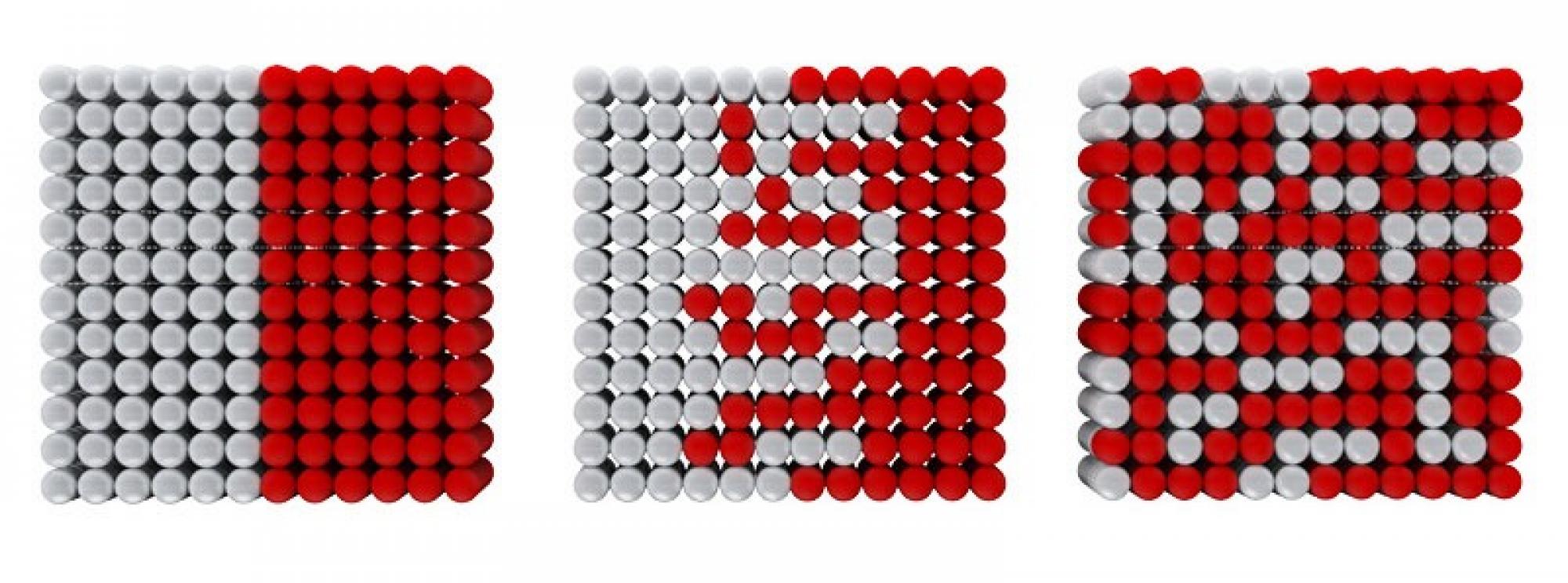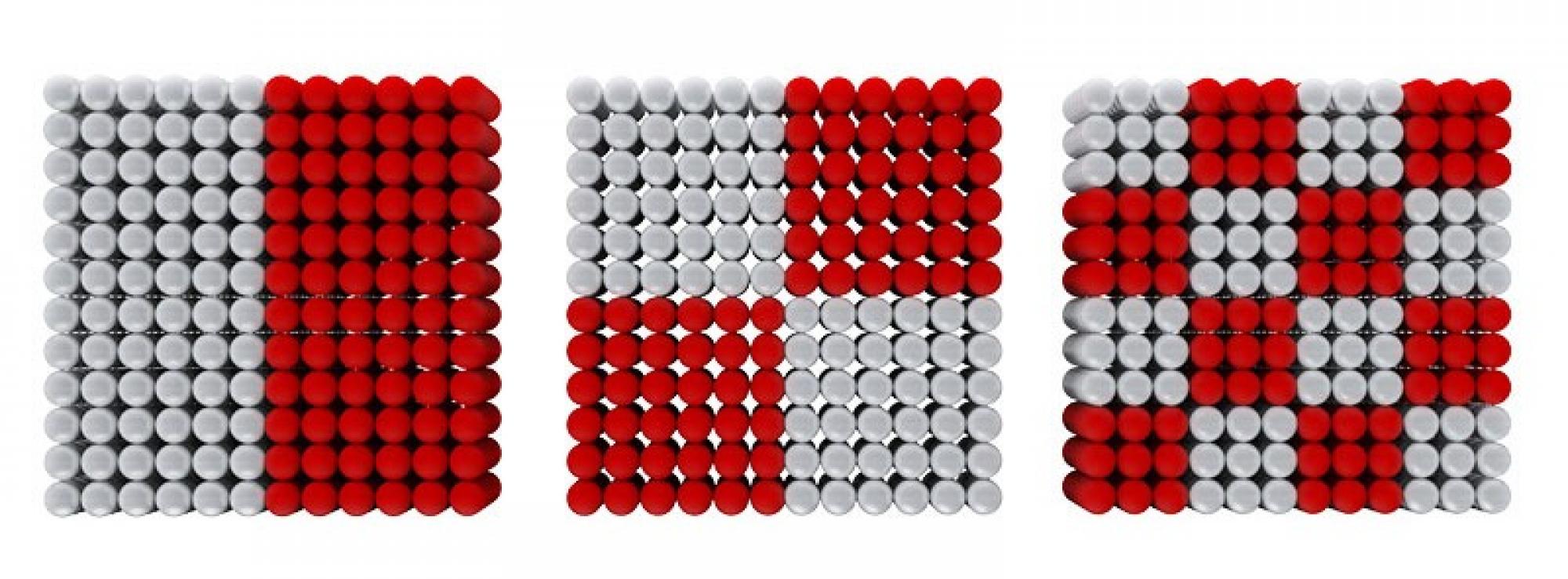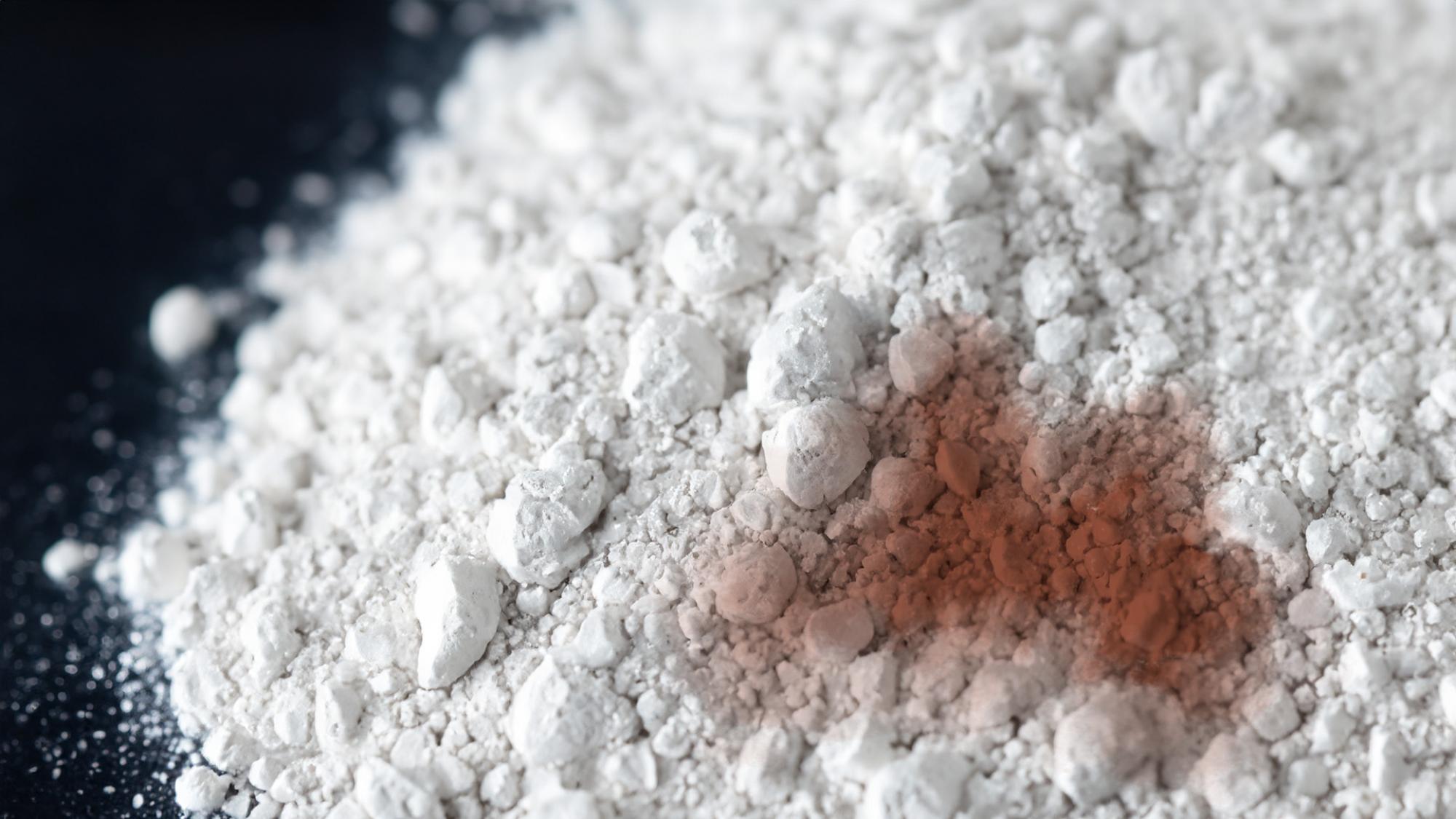This article discusses mixing versus segregation.
The following subjects will be discussed
- The mixing mechanisms
- The segregation mechanisms
- When do these mechanisms occur?
The experts at Dinnissen Process Technology are available to answer all your questions!
Get in touch with Juul Jenneskens 077 467 3555
The three mixing mechanisms
Mobility of the powder particles is necessary for both the mixing and the segregation of a powder mixture.
As indicated in the article on mixing processes and mixing mechanisms, the operation of mixers used in industry is almost always based on one or more of the following three types of mechanisms:
- Convection
- Diffusion
- Shear
Convection mixing means that dynamic areas of powder particles are moved through the mixer. The areas are dynamic because they are constantly changing. They are driven, for example, by mixing shafts or by centrifugal forces in a drum. Convection can rapidly decrease the degree of segregation.
Diffusion can occur when mixing a powder mixture in much the same way as mixing liquids. In contrast to the convection described above, diffusion is a relatively slow mechanism that causes powder particles to be dispersed one by one in the mixture.
Shear occurs when two dynamic areas of powder in a powder mixture move past each other at different speeds, shearing can occur at the contact surface of these areas. First of all, individual powder particles can transfer from one area to another independently of each other.
The proportion of these mechanisms is different for each powder mixture and for each mixer and can change over time during mixing. The mixing mechanisms mentioned above must be taken into account when designing a mixer.


Mobility of the powder particles is required both for mixing and for segregation of a powder mixture
The three segregation mechanisms
In the article segregation in the powder mixture, you can find out which basic mechanisms segregation is based on and how these mechanisms work. It is:
- Ball Track Principle
- Elutriation
- Percolation
Segregation via the ball trajectory principle is based on the principle that powder particles are given a horizontal initial velocity and that these powder particles will subsequently make a free fall. During the fall, the horizontal speed of the particles will decrease and the vertical speed will increase as a result of gravity. Due to the differences in resistance that the different types of particles experience, but also due to the difference in density, shape and size of the particles, they end up at different places on the soil surface.
Segregation by elutriation occurs when a liquid or gas flows through a bed of particles of different sizes. The smaller particles are absorbed and displaced by the current. Only the larger powder particles remain in the bed.
Segregation through percolation can occur if there is a large difference in a powder mixture between finer particles and coarser components. When such a powder mixture is exposed to vibrations, the smaller particles move downwards due to the influence of the vibration in combination with the force of gravity. At the bottom of the powder mixture, the small powder particles occupy a position between the coarser components. Only the coarser ingredients are left at the top of the powder mixture.
Mixer components and mixing process can inadvertently initiate segregation. A paddle of a mixer moving through a powder mixture can cause some of the powder particles to accumulate. Even when a well-mixed powder mixture is heaped, unintentional segregation can occur.

How do you know which mechanism is involved?
It is difficult to predict which mechanisms will be most active during the mixing process. It is also difficult to indicate in advance whether the mixing mechanisms or the segregation mechanisms will prevail. In any event, the mixer will transfer forces to the powder particles in the mixture and initiate one or more mixing and segregation mechanisms. It is inevitable that the powder particles will experience gravity and that the particles will exert mutual force on each other.
Segregation can be very determining when the components of a powder mixture have widely varying physical properties and when the powder particles have the ability to move freely.
If cohesion is decisive in terms of the forces occurring between the powder particles, the powder mixture will generally be well mixed and will have a stable character.
